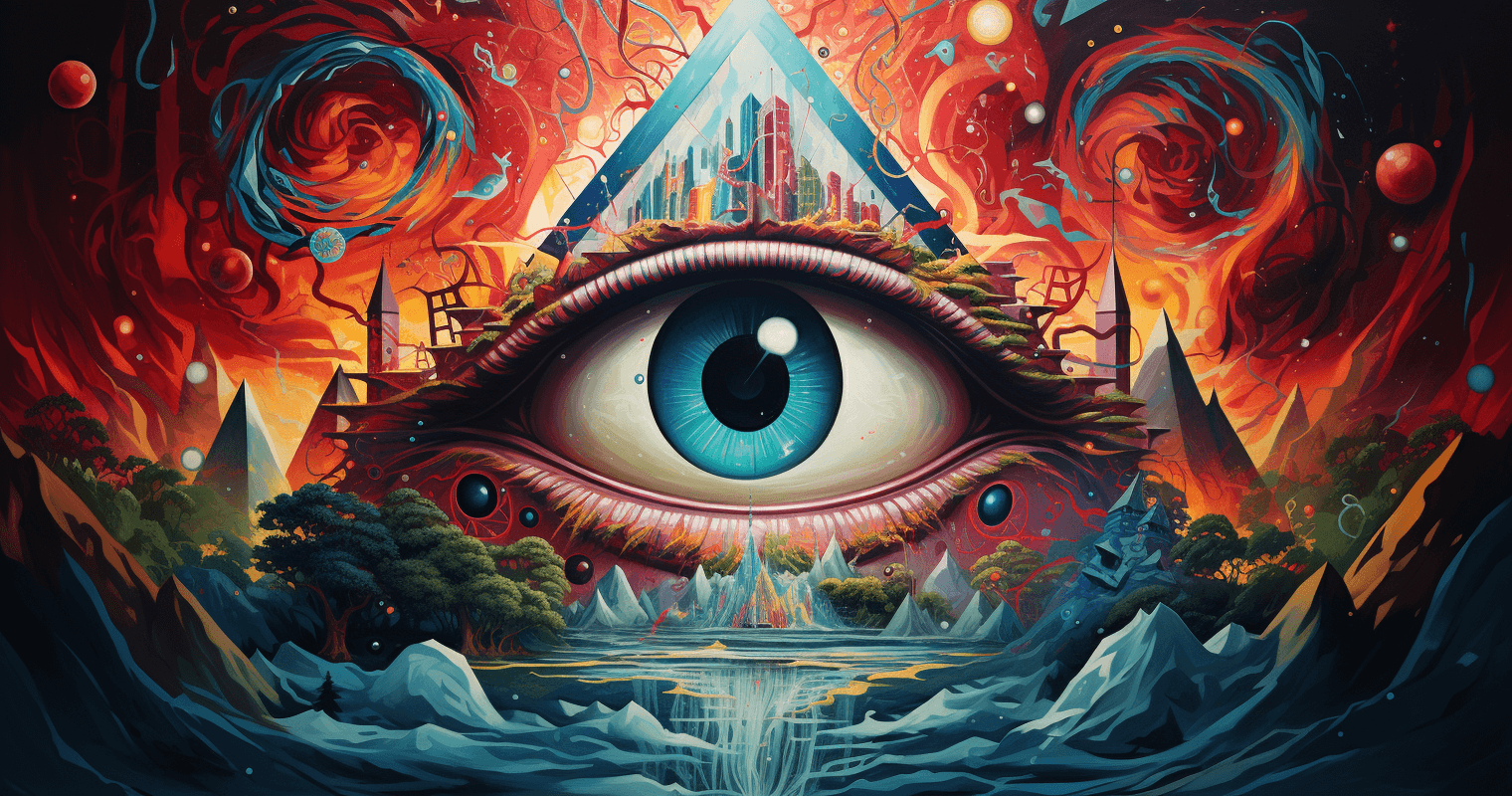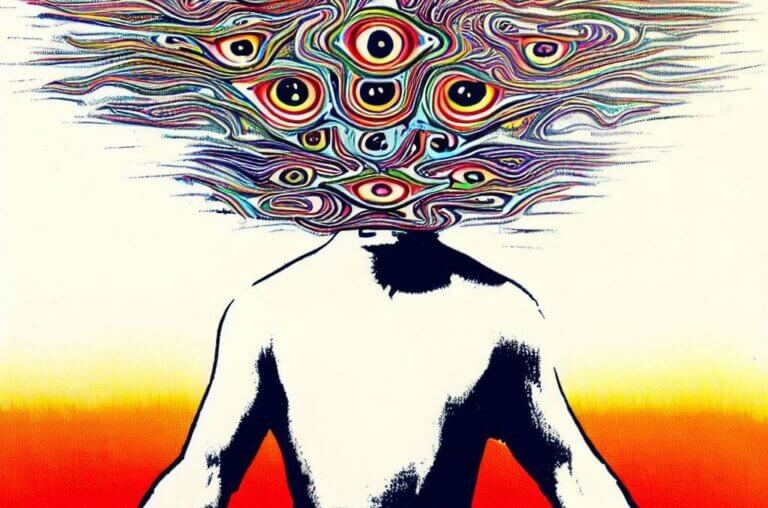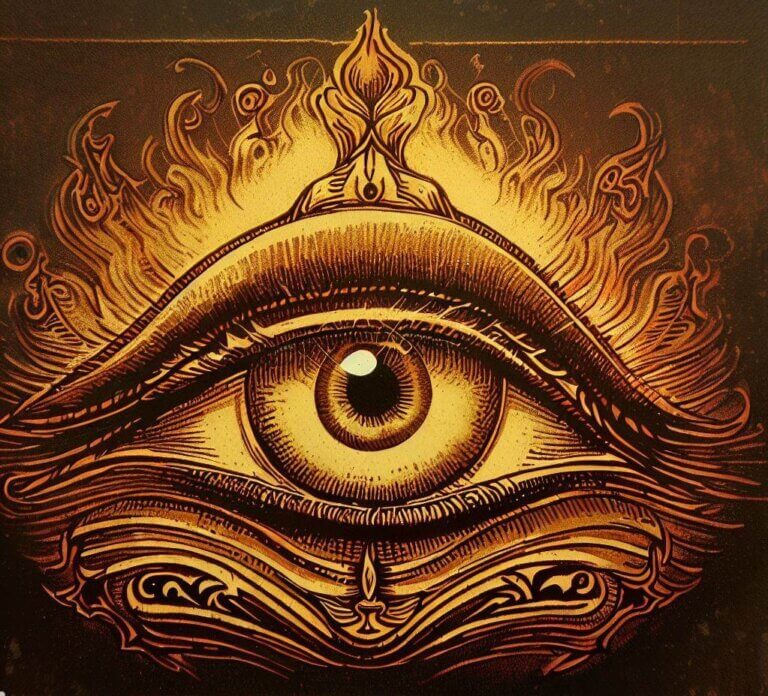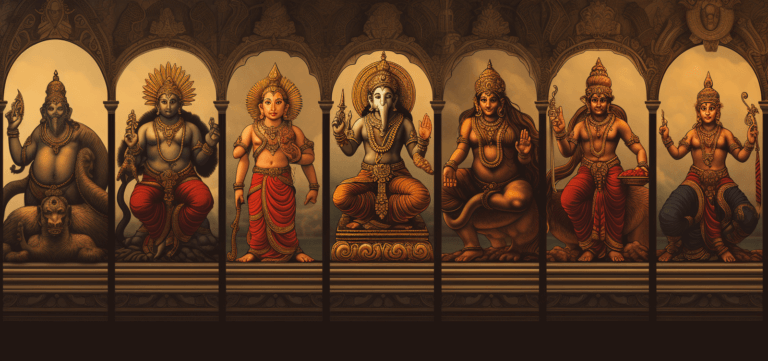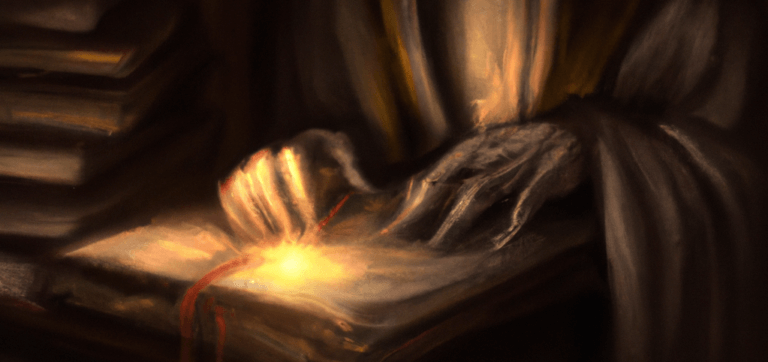The Third Eye: Unveiling the Hidden Portal to Higher Realms
Mankind has, for millennia, been obsessed with the realms beyond the tactile, the perceivable. Ancient texts, scriptures, and art from various cultures hint at a bridge that connects our physical world to the spiritual, intangible one. This bridge is not made of bricks or stones, but of pure consciousness. It’s often referred to as the ‘Third Eye.’
Origin and Significance
The concept of the Third Eye has its roots in ancient Indian spiritual traditions, especially in Hinduism and Buddhism. Known as the “Ajna” chakra in Sanskrit, it is situated in the middle of the forehead, slightly above the junction of the eyebrows. This esoteric eye doesn’t function like our regular eyes, which perceive the physical world; instead, it discerns the subtler dimensions and energies of existence.
Symbolism in Various Cultures
Though deeply rooted in Eastern traditions, references to an inner or mystic eye can also be found across various cultures:
- In Ancient Egypt, the Eye of Horus represented protection, royal power, and good health.
- Christianity has the concept of the “All-Seeing Eye,” primarily depicted atop an unfinished pyramid in the Great Seal of the United States.
- In Taoism, the idea resonates with the Yin and Yang symbol, where the eye represents the balance between dual forces.
Physiological Links
Modern proponents often associate the pineal gland, a small endocrine gland in the vertebrate brain, with the Third Eye. Some believe that the pineal gland can produce small amounts of the psychedelic compound DMT (dimethyltryptamine), leading to mystical experiences, although scientific evidence supporting this is minimal.

Awakening the Third Eye
The opening or awakening of the Third Eye symbolizes a state of enlightenment. Here’s a basic guide to start your journey:
- Meditation: Start with focused meditation, visualizing an indigo-blue lotus at the center of your forehead.
- Diet: Some believe that a cleaner diet, devoid of artificial additives, can help in the decalcification of the pineal gland, which is linked with the Third Eye.
- Aum Chanting: The vibrational sound of “AUM” or “OM” can stimulate the Third Eye.
- Breathing exercises: Pranayama, especially alternate nostril breathing, can balance the energy required for the awakening.
- Avoiding Fluoride: There’s a belief that fluoride can calcify the pineal gland. Using fluoride-free toothpaste and filtered water can be beneficial.
The Occult Understanding
In the occult traditions, the Third Eye is the key to:
- Clairvoyance: Seeing beyond the physical. This includes seeing auras, spirits, and other dimensions.
- Intuition: A heightened inner knowing that can guide decisions and understanding.
- Out-of-body experiences: Some have claimed that an awakened Third Eye can lead to astral projection.
A Word of Caution
While the allure of unlocking hidden potentials is enticing, one must approach the Third Eye awakening with respect and caution. Delving into these practices without proper guidance or with wrong intentions can lead to mental and emotional disturbances. It’s always advisable to have a knowledgeable guide or mentor.
Conclusion
The Third Eye is not just a metaphorical or symbolic reference but represents the higher state of consciousness that each individual has the potential to reach. It’s a journey from the known to the unknown, from the seen to the unseen. Whether you believe in its existence or not, the practices associated with its awakening can lead to a heightened sense of awareness and inner peace.
